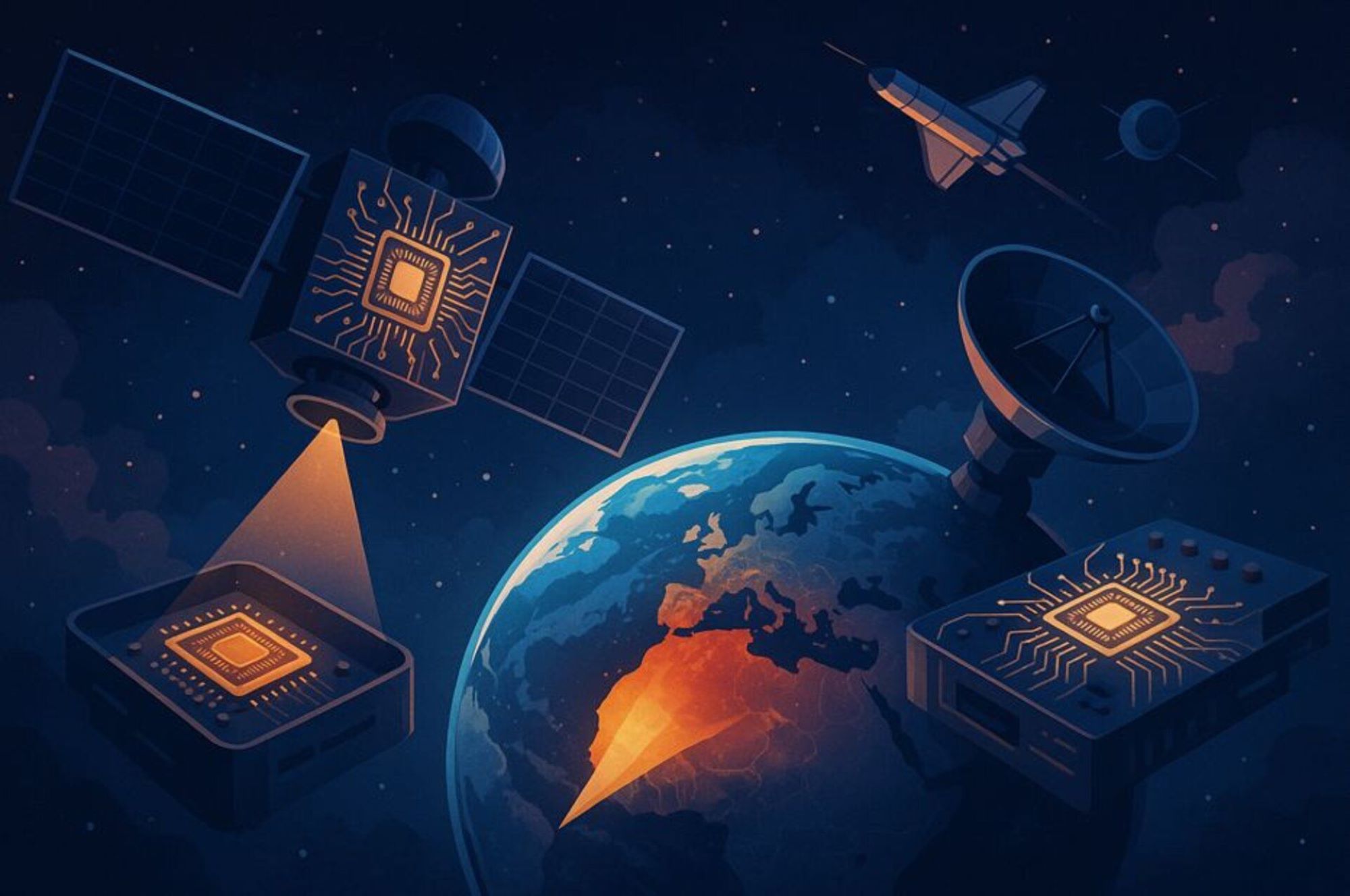Help ESA redefine the future of space computing



Due to the growing volume of data produced by Earth observation (EO), traditional computing architectures struggle to process information efficiently and promptly. To mitigate this issue, prepare Europe for the future of space computing, and grow from Earth observation into Earth action, ESA is seeking innovative mission concepts that use disruptive computing paradigms, potentially coupled with matching sensing technologies that could either bring new capabilities for Earth-orbiting satellites, or significantly improve current mission constrains.
Artificial intelligence (AI) and novel computing paradigms such as quantum, photonic or neuromorphic computing have the potential to transform space-based applications by dramatically increasing mission autonomy and decision making without humans. To consolidate Europe’s position as a leader in sustainability and remote sensing, ESA is launching the new SysNova challenge “Innovative mission concepts enabled by disruptive computing paradigms“.
The call builds on multiple past and ongoing initiatives at ESA. “Through missions like Φ-sat, OPS-SAT, and initiatives such as 3CS, ESA has explored the benefits of embedding intelligence in orbit. In parallel, disruptive paradigms like quantum and neuromorphic computing have shown potential to enhance processing of vast amount of data efficiently. Yet, few have examined how these technologies could redefine entire missions. It’s time to take that next step”, says Gabriele Meoni, Innovation Officer at ESA Φ-lab and one of the campaign managers.
Read the full article on www.esa.int.
Share